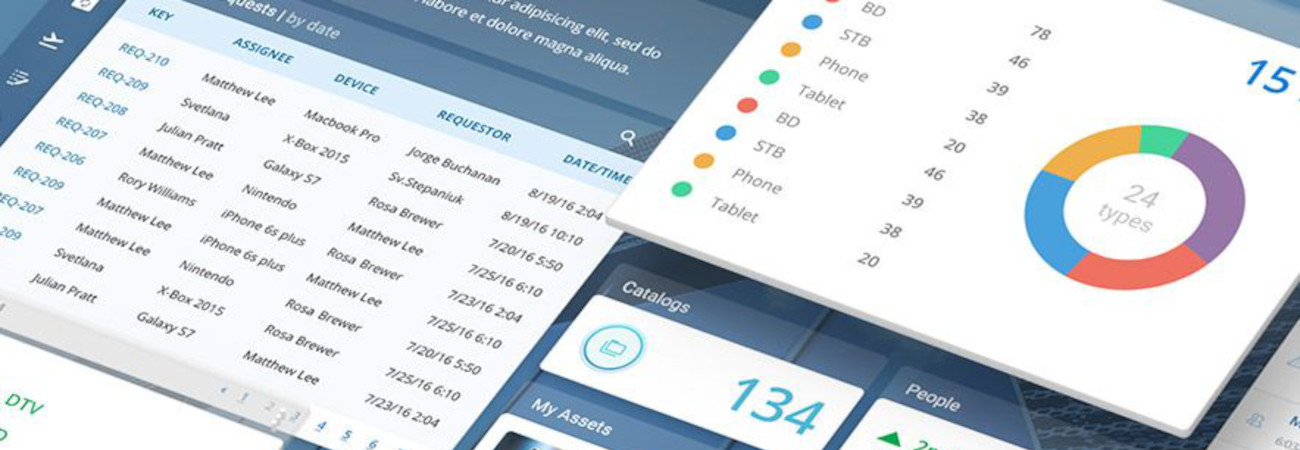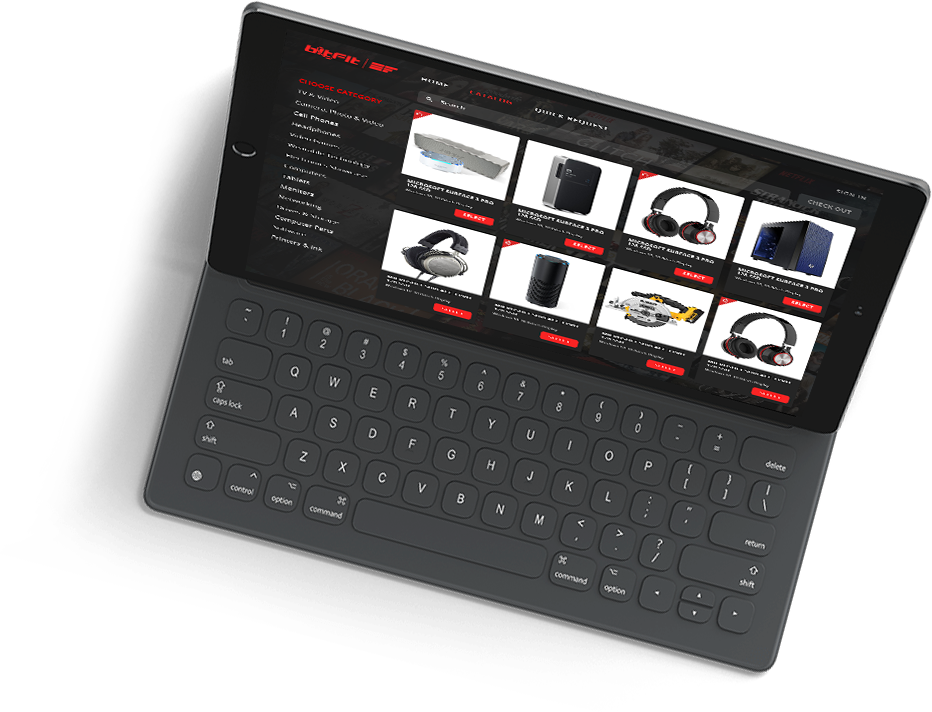
IT asset management (ITAM) is ensuring that your organization’s valuable assets are accounted for, tracked, and used. These assets can include hardware, software systems, and essential information. For example, in bitFit’s IT department, some of the most critical assets are computers (laptops) and software licenses.
In order to optimize the benefits an organization can derive from its IT assets, it is crucial to take a proactive approach to manage the entire lifecycle of those assets. This involves planning, procurement, deployment, maintenance, and retirement. By applying a consistent process across all stages, organizations can understand the total cost of ownership and optimize the use of their assets.
IT asset management is becoming even more critical once teams outside of IT adopt asset management. This means that asset management is now relevant to various departments and industries. For instance, we have organizations using our asset management software to manage things ranging from clothing to office supply consumables.
Overall, IT asset management provides up-to-date information to reduce risks and costs and creates a single source of truth for optimizing budgets and making decisions that impact the entire organization. However, as the way modern teams work evolves, it’s essential for IT teams to be flexible and adapt their asset management process to enable the business best.
Benefits of IT Asset Management
IT asset management (ITAM) is essential for organizations to improve productivity, eliminate waste, and reduce risks and costs. ITAM ensures that assets are accounted for and centralized by providing a single source of truth, preventing chaos and inaccuracies. It also frees up time and resources for IT employees to focus on tasks crucial to the organization.
Effective IT asset management process improves utilization and eliminates waste by keeping the information updated, thus avoiding unnecessary purchases and reducing licensing and support costs. It also enforces compliance with security and legal policies, minimizing risks and benefiting the organization.
IT Asset Management Software
When considering IT asset management software, it’s vital first to understand why you need to improve your approach to asset management. There are common signs that show you’re ready for asset management software. These include wanting to save money by optimizing spending on software licenses, relying on spreadsheets to track assets, difficulty keeping up with the pace of change in your organization, and the growing concern of needing the central IT team’s existence.
Once you’ve determined that you need to improve your approach to asset management, it’s important to think through what implementing a new approach will look like for your organization. The initial step to gaining a deeper understanding of where your assets are and their associated costs is to conduct an inventory of your assets. Once this is accomplished, you can proceed to chart the lifecycles of your assets and assess their costs together with your finance department.
Advanced IT asset management tools automate everyday asset management tasks, allowing IT teams to concentrate on more complex and strategic work. Collaboration is also crucial in effective asset management, allowing employees to make requests and other teams to comment on and approve purchases. Connecting your asset management tool to services employees already use can further improve the intake process for asset requests.
A ticketing kiosk (free-standing tablets in different departments) is an important foundation for effective asset management, allowing employees to ask for help and IT staff to organize and provide reporting on requests. When linked to asset management software, a ticketing kiosk can provide important context for faster resolution of customer issues.
As IT continues to evolve, asset management is adapting. Therefore, choosing the tools that best enable collaboration and support your service management practice is essential. Asset management software is available in various types, ranging from simple and cost-effective integrations to intricate and expensive solutions. The crucial factor is to identify the option that suits your specific needs and requirements the most.
Conclusion
In conclusion, IT asset management is an essential process for organizations to optimize their assets, reduce costs and risks, and improve productivity. With the increasing adoption of asset management by teams outside of IT, it has become relevant to various departments and industries. IT asset management software provides a single source of truth, prevents chaos and inaccuracies, and frees up time and resources for IT employees to focus on crucial tasks. When considering IT asset management software, it’s crucial to understand why you need to improve your approach to asset management and think through what implementing a new approach will look like for your organization. Advanced IT asset management tools automate everyday asset management tasks and enable collaboration, and it’s essential to choose the tools that best support your service management practice. By applying a consistent process across all stages, organizations can understand the total cost of ownership and optimize the use of their assets, ultimately benefiting the entire organization.

